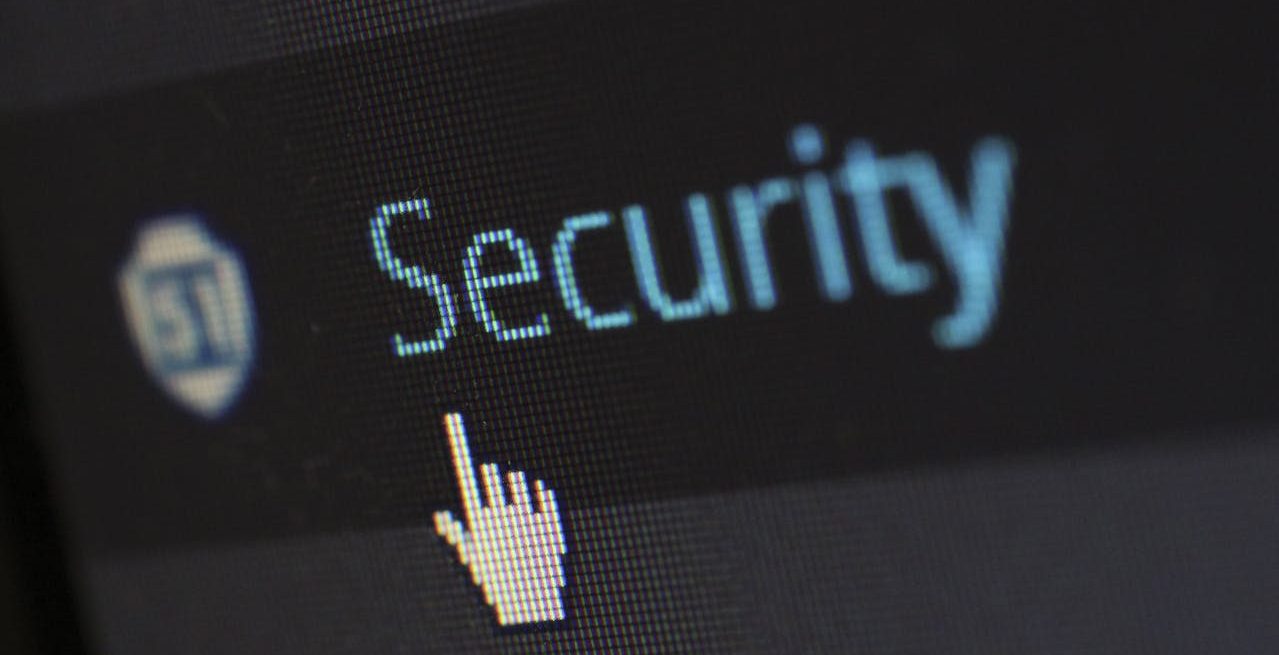What Restaurateurs Need to Know about Third-Party Cybersecurity Risks
4 Min Read By Luke Vander Linden
Per the National Restaurant Association, 46 percent of restaurateurs reported a net increase in customer traffic from January 2024 to January 2025.
Also rising? Cybersecurity threats in the restaurant industry.
How Cybercriminals Exploit Third-Party Vendors to Attack Restaurants
As online ordering continues to triumph and restaurants become more digital, opportunities for cybercriminals increase. To bolster your defenses, it’s important to look beyond your own digital footprint and consider your third-party vendors—and how hackers can use these connections to get to you.
Here are common third-party cybersecurity vulnerabilities and what restaurateurs can do to protect their businesses:
1. POS Vendors
Point-of-sale (POS) systems play an obviously foundational role in daily restaurant operations, making them a prime target for hackers looking to do damage. Plus, going after POS vendors instead of restaurants directly lets cybercriminals maximize damage: with just one successful attack, they can compromise the POS vendor’s entire network of restaurants.
First, bad actors gain unauthorized access to your POS vendor’s development environment, perhaps by exploiting known security vulnerabilities or using phishing tactics to steal employees’ login credentials.
Once they’ve gained access, hackers inject malicious code into the POS software. This way, when the POS vendor pushes out a software update to their restaurant network, they’re also unknowingly pushing out malware. Upon activation, the malware automatically locks POS systems, bringing operations to a halt for dozens or even hundreds of restaurants.
2. Online Ordering and Delivery Platforms
These days, online ordering isn’t just a convenience for customers; it’s an important financial asset for restaurants. According to a recent report, “95 percent of restaurants said they use online ordering platforms and that, on average, they account for around a quarter of the restaurant’s revenue.”
As online ordering continues to rise, opportunities for cybercriminals are increasing, too. Bad actors can leverage restaurants’ connections to third-party online ordering and delivery platforms to launch cyberattacks.
Similar to POS vendor attacks, hackers can use phishing tactics or exploit known security vulnerabilities to gain unauthorized access. Once inside, they can initiate fraudulent orders; this is a popular way to test stolen credit card numbers, using restaurants (and their relatively low-cost transactions) as guinea pigs before moving on to higher-ticket items elsewhere.
More worryingly, hackers can also abuse an online ordering or delivery platform’s integration to hack into a restaurant’s backend system, where they can steal customers’ and employees’ personal data, modify pricing, or deploy ransomware.
3. Digital Signage and IoT Devices
Alongside online ordering and delivery platforms, restaurants’ increasingly digital activity extends on site with digital menus and other signage, along with internet-connected devices such as refrigeration control devices and stock management systems. Believe it not, like POS systems, these physical devices let bad actors jump from third-party vendors to restaurants to launch widespread cyberattacks.
Because your digital menus or other devices are connected to the rest of your network, the bad actor can use this link to continue its exploits, infecting your POS terminals, backend systems, etc. From there, they can extract sensitive data, launch ransomware attacks, or otherwise disrupt operations.
Why Restaurants Are Vulnerable to Cyberattacks—and What’s at Stake
What makes restaurants targets of interest for cybercriminals?
For one, restaurants rely heavily on third-party services, from POS terminals to digital menu boards. This creates a large attack surface with diverse opportunities to gain network access.
Plus, despite these security gaps, restaurants typically don’t maintain robust cybersecurity infrastructures. This is due in part to the industry’s infamously high turnover rates, averaging 79.6 percent annually. With constantly changing teams, it’s hard to create a culture of cyber awareness and enforce best practices.
Unfortunately, when restaurants are ill-prepared to deal with cyber incidents, there’s much at stake. For example, restaurants face financial loss when attacks take systems offline, legal consequences when hackers steal customers’ data, and reputational damage when cyberattacks make the headlines. The consequences are particularly severe for small businesses, which represent nine in 10 restaurants.
How Restaurants Can Mitigate Third-Party Cybersecurity Risks
With online ordering, on-demand delivery, and digital signage now the norm, there’s no turning back for the restaurant industry; the future is increasingly digital.
To take advantage of modern technology without falling victim to bad actors, there are steps restaurants can take to bolster defenses:
- Vet third-party vendors’ security practices: Mitigate third-party risks by conducting regular risk assessments of third-party vendors’ cybersecurity postures. Request proof of security certifications and compliance with industry regulations.
- Mandate on-the-job cybersecurity training: Make sure staff know how to detect suspicious activity—and what to do in the event of a breach. Create detailed incident response plans and require training for all relevant employees.
- Implement network segmentation: Isolate vendor-connected systems (e.g., POS terminals and digital menus) from the rest of your network to contain breaches.
For personalized support, you can collaborate with niche industry groups, such as RH-ISAC, the global cybersecurity community created specifically for retail and hospitality organizations. As a part of their LinkSECURE Program, you’ll get access to a dedicated success manager to guide you through critical security controls and safeguards.
Third-party cyberattacks are growing, but your cybersecurity budget may not be. RH-ISAC’s programs support small- to mid-size teams as well as large enterprises so you can level up your cybersecurity defenses without blowing your budget.

